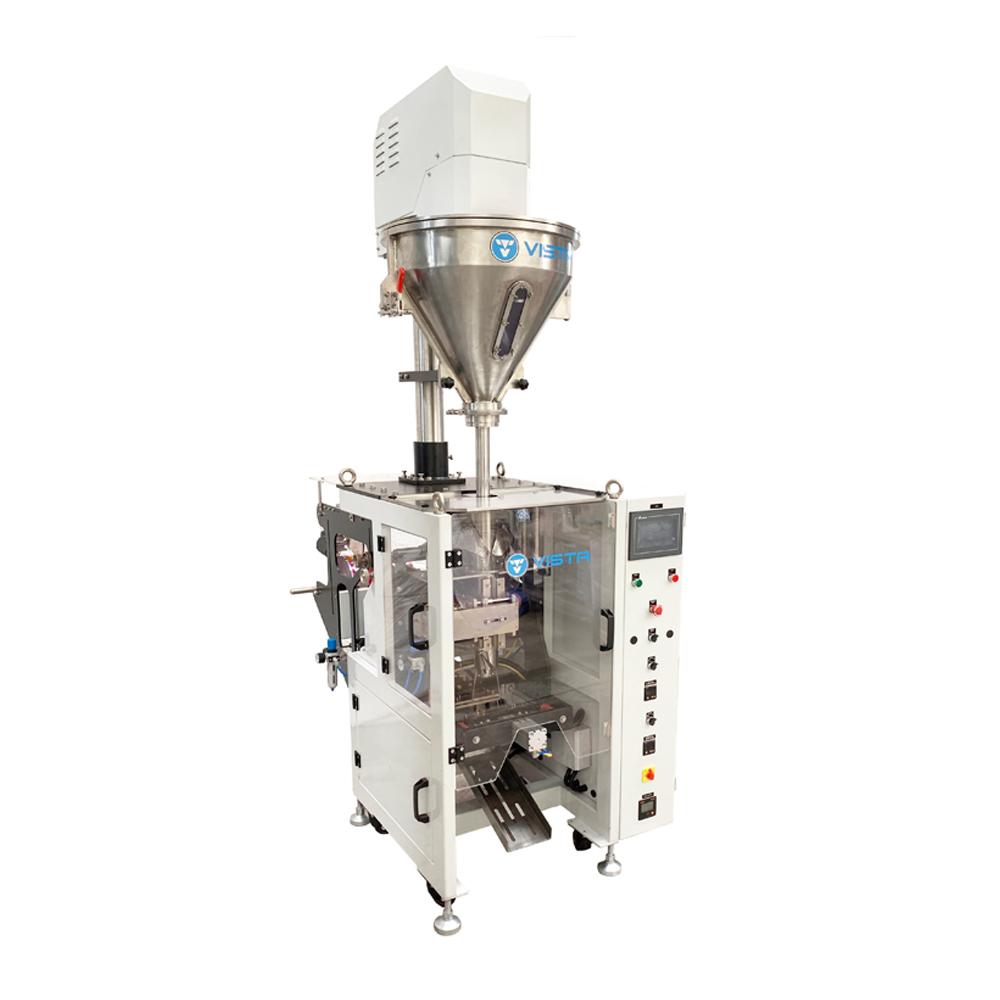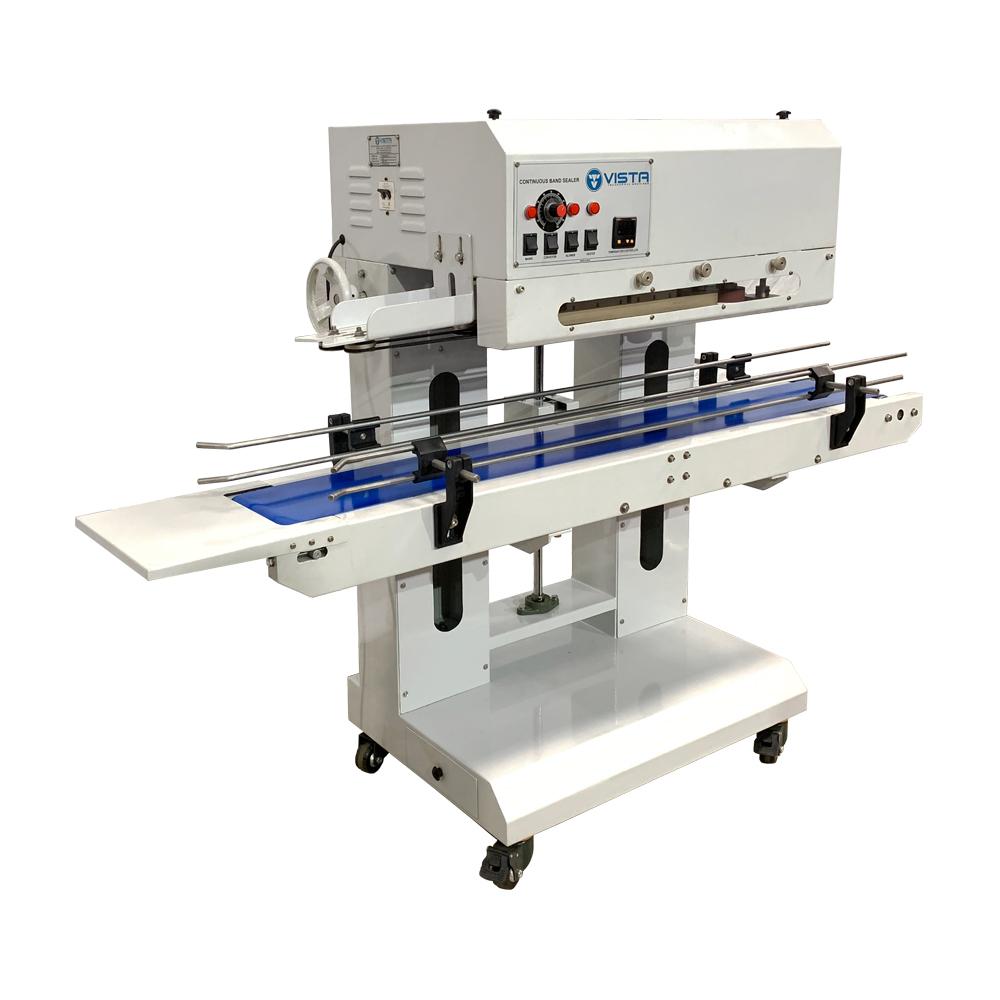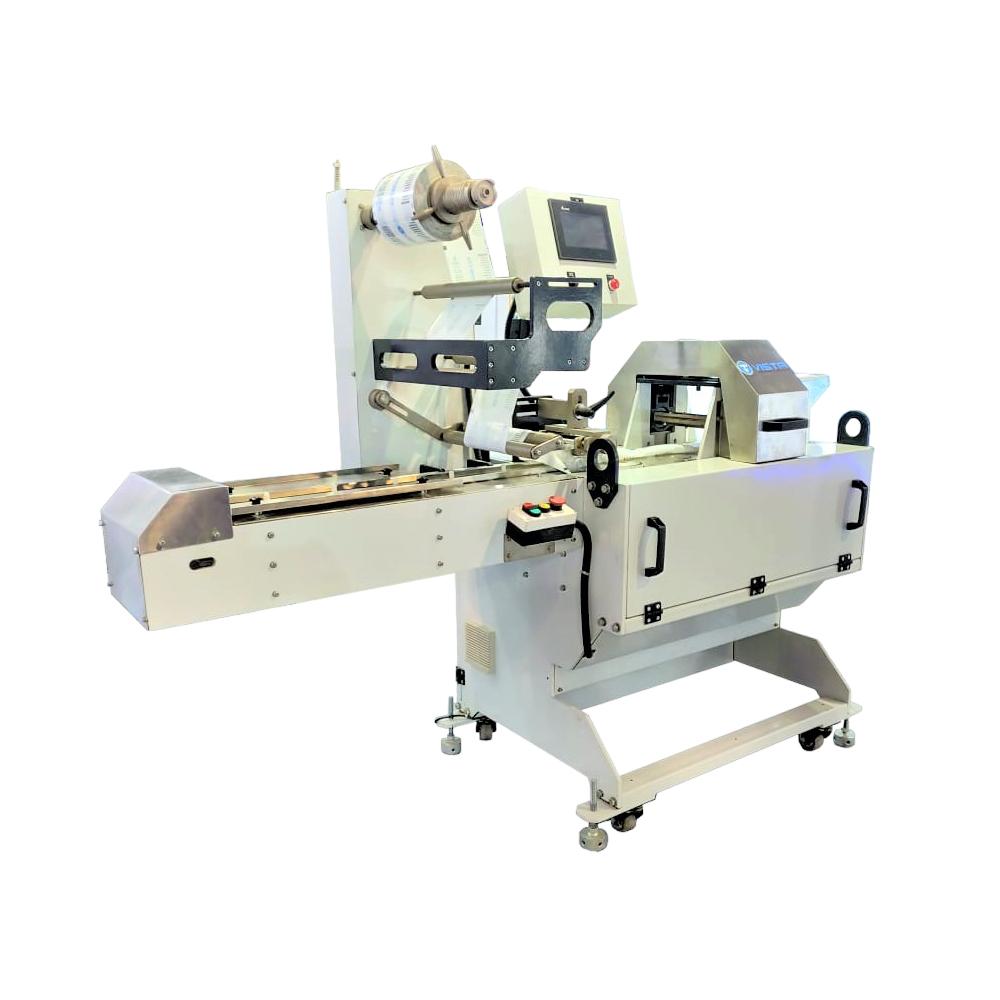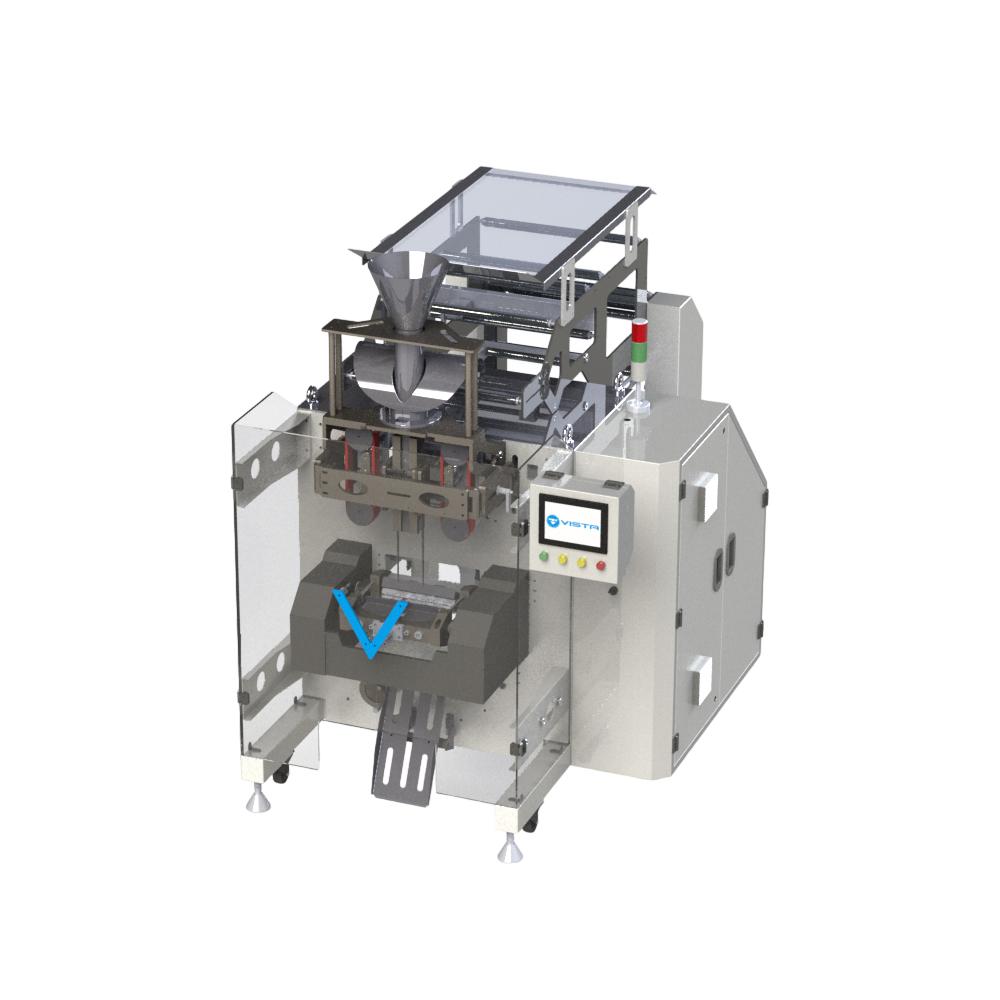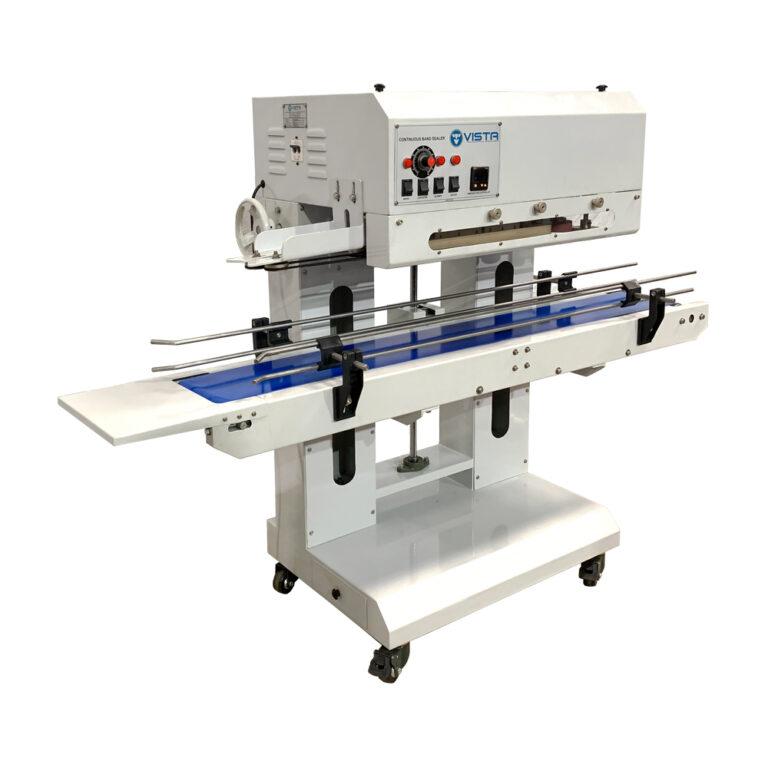From the food and beverage industry to the pharmaceutical industry and beyond, sealing machines have become a crucial component of numerous sectors. They are used to seal goods in airtight containers, preserving their freshness and preventing infection. In this post, we’ll look at the various kinds of sealing machines that are out there, their functions, and how to pick the best one for your enterprise.
Table of Contents
- 1. Introduction to Sealing Machines
- 1.1. Importance of sealing in packaging
- 2. Types of Sealing Machines
- 2.1. Manual sealing machines
- 2.2. Semi-automatic sealing machines
- 2.3. Automatic sealing machines
- 3.Sealing Technologies
- 3.1. Heat sealing
- 3.2. Induction sealing
- 3.3. Ultrasonic sealing
- 3.4. Adhesive sealing
- 4.Key Components of a Sealing Machine
- 4.1. Sealing jaws
- 4.2. Conveyor systems
- 4.3. Control systems
- 4.4. Power supply
- 5. Choosing the Right Sealing Machine
- 5.1. Production requirements
- 5.2. Budget constraints
- 5.3. Available workspace
- 5.4. Product specifications
- 6. Sealing Machine Maintenance
- 6.1. Regular cleaning
- 6.2. Lubrication
- 6.3. Replacing worn parts
- 6.4. Scheduled maintenance
- 7. Innovations in Sealing Machines
- 7.1. Smart sealing technologies
- 7.2. Environmentally friendly options
- 7.3. Customized sealing solutions
- 8. Conclusion
- 9. FAQs
1. Introduction to Sealing Machines
Sealing machines play a critical role in the packaging industry. They ensure that products are adequately protected and preserved during storage, transportation, and handling. In this article, we’ll explore the various types of sealing machines, their technologies, components, selection criteria, maintenance, and innovations in the field.
1.1. Importance of sealing in packaging
Sealing is an essential step in packaging, as it prevents the ingress of contaminants, maintains the freshness and integrity of the product, and provides a tamper-evident seal. Sealing machines are designed to create airtight and watertight closures for various packaging materials, such as bags, pouches, bottles, and cartons.
2. Types of Sealing Machines
Sealing machines can be categorized into three main types, based on their level of automation: manual, semi-automatic, and automatic.
2.1. Manual sealing machines
Manual sealing machines require human intervention for their operation. They are suitable for small-scale production or occasional sealing tasks. Examples of manual sealing machines include handheld heat sealers and manual induction sealers.
2.2. Semi-automatic sealing machines
Semi-automatic sealing machines offer a balance between manual and automatic operation. They require some level of human interaction, but most of the sealing process is automated. Examples include semi-automatic carton sealers and L-bar sealers.
2.3. Automatic sealing machines
Automatic sealing machines are designed for high-speed, large-scale production. They require minimal human intervention, as the entire sealing process is automated. Examples include continuous band sealers and high-speed rotary cappers.
3. Sealing Technologies
There are several sealing technologies employed by sealing machines, each with its advantages and applications.
3.1. Heat sealing
Heat sealing is a widely used method that relies on heat and pressure to bond packaging materials. It is commonly used for plastic bags, pouches, and thermoformed trays.
3.2. Induction sealing
Induction sealing uses electromagnetic induction to generate heat within a foil liner, creating an airtight seal with the container’s rim. This method is popular for sealing bottles and jars with liquid or granular products.
3.3. Ultrasonic sealing
Ultrasonic sealing utilizes high-frequency vibrations to generate heat and fuse packaging materials. This technique is suitable for sealing plastic films and can be used for sealing pouches, bags, or tubes.
3.4. Adhesive sealing
Ultrasonic sealing utilizes high-frequency vibrations to generate heat and fuse packaging materials. This technique is suitable for sealing plastic films and can be used for sealing pouches, bags, or tubes.
4. Key Components of a Sealing Machine
Sealing machines consist of several essential components that work together to create effective seals.
4.1. Sealing jaws
Sealing jaws are the part of the machine that applies pressure and, in some cases, heat to create a seal. They can be customized to fit the specific requirements of the packaging material and product.
4.2. Conveyor systems
Conveyor systems are used to move products through the sealing process. They can be customized to accommodate various product sizes and shapes and ensure smooth, efficient operation.
4.3. Control systems
Control systems are responsible for regulating the sealing process parameters, such as temperature, pressure, and dwell time. They can be either mechanical or digital, with modern machines often featuring touchscreen interfaces for easy operation.
4.4. Power supply
The power supply is crucial for the operation of the sealing machine, providing the necessary energy for the sealing process. Different sealing technologies may require different power sources, such as electrical, pneumatic, or hydraulic systems.
5. Choosing the Right Sealing Machine
Selecting the right sealing machine involves considering several factors, such as production requirements, budget, available workspace, and product specifications.
5.1. Production requirements
Consider the scale of production and the required sealing speed. For small-scale operations, a manual or semi-automatic machine may be sufficient, while large-scale production may necessitate an automatic machine with higher throughput.
5.2. Budget constraints
The cost of sealing machines can vary widely, depending on their capabilities and features. Determine your budget and choose a machine that meets your requirements without breaking the bank.
5.3. Available workspace
Consider the size and layout of your workspace when selecting a sealing machine. Some machines require more space, while others have a smaller footprint, making them suitable for limited spaces.
5.4. Product specifications
Evaluate the packaging materials and product properties to determine the most suitable sealing technology and machine type. Consider factors such as product sensitivity to heat, the required seal strength, and the compatibility of the sealing method with the packaging materials.
6. Sealing Machine Maintenance
Proper maintenance of your sealing machine is crucial to ensure its optimal performance and longevity.
6.1. Regular cleaning
Clean the machine regularly to remove any accumulated dirt, debris, or product residue. This will help prevent contamination and ensure consistent sealing performance.
6.2. Lubrication
Lubricate moving parts as recommended by the manufacturer to minimize wear and tear and ensure smooth operation.
6.3. Replacing worn parts
Regularly inspect the machine for worn or damaged parts and replace them as needed to maintain optimal performance.
6.4. Scheduled maintenance
Perform scheduled maintenance as recommended by the manufacturer, including routine inspections, adjustments, and calibration.
7. Innovations in Sealing Machines
Technological advancements continue to drive innovation in sealing machines, making them more efficient, versatile, and environmentally friendly.
7.1. Smart sealing technologies
Modern sealing machines are increasingly incorporating smart technologies, such as sensors and Internet of Things (IoT) capabilities, to enhance process control, monitoring, and optimization.
7.2. Environmentally friendly options
Environmental concerns have led to the development of sealing machines that use eco-friendly materials and processes. These machines may utilize biodegradable packaging materials, energy-efficient components, or reduce waste during the sealing process.
7.3. Customized sealing solutions
Manufacturers are offering more customized sealing solutions tailored to the specific needs of clients. This includes machines designed for unique packaging materials, product types, or production environments.
8. Conclusion
Sealing machines are an indispensable part of the packaging industry, ensuring product integrity and protection. By understanding the various types, technologies, components, selection criteria, and maintenance practices, you can make an informed decision when choosing the right sealing machine for your business. Innovations in the field continue to drive improvements in efficiency, versatility, and sustainability, making sealing machines a critical investment for businesses of all sizes.
9. FAQs
What is the purpose of a sealing machine?
A sealing machine serves to create airtight and watertight closures for a variety of packaging materials, ensuring the product is adequately protected and preserved during storage, transportation, and handling. This is crucial for maintaining the quality, freshness, and integrity of the product, as well as providing tamper-evident seals that assure consumers of the product’s safety.
What are the different types of sealing machines?
Sealing machines can be classified into three main categories based on their level of automation:
- Manual sealing machines require human intervention for their operation and are suitable for small-scale production or occasional sealing tasks. Examples include handheld heat sealers and manual induction sealers.
- Semi-automatic sealing machines strike a balance between manual and automatic operation. They need some level of human interaction, but the sealing process is mostly automated. Examples include semi-automatic carton sealers and L-bar sealers.
- Automatic sealing machines are designed for high-speed, large-scale production with minimal human intervention. The entire sealing process is automated in these machines. Examples include continuous band sealers and high-speed rotary cappers.
What are the main sealing technologies used in sealing machines?
The main sealing technologies employed by sealing machines include:
- Heat sealing: This widely used method relies on heat and pressure to bond packaging materials, making it suitable for plastic bags, pouches, and thermoformed trays.
- Induction sealing: Electromagnetic induction generates heat within a foil liner to create an airtight seal with the container’s rim. This method is popular for sealing bottles and jars containing liquid or granular products.
- Ultrasonic sealing: High-frequency vibrations generate heat to fuse packaging materials in this technique, which is suitable for sealing plastic films used in pouches, bags, or tubes.
- Adhesive sealing: Glue or other adhesive substances bond packaging materials in this sealing method, which is often used for sealing cartons, boxes, or other rigid containers.
What factors should I consider when choosing a sealing machine?
When choosing a sealing machine, consider the following factors:
- Production requirements: Determine the scale of production and the required sealing speed. Smaller-scale operations may only need a manual or semi-automatic machine, while large-scale production may require an automatic machine with higher throughput.
- Budget constraints: Sealing machines can vary significantly in cost, depending on their capabilities and features. Establish your budget and select a machine that meets your requirements without exceeding your budget.
- Available workspace: Consider the size and layout of your workspace when selecting a sealing machine. Some machines require more space, while others have a smaller footprint, making them suitable for limited spaces.
- Product specifications: Evaluate the packaging materials and product properties to determine the most suitable sealing technology and machine type. Consider factors such as product sensitivity to heat, the required seal strength, and the compatibility of the sealing method with the packaging materials.
How do I maintain my sealing machine?
To maintain your sealing machine, follow these guidelines:
- Regular cleaning: Clean the machine regularly to remove accumulated dirt, debris, or product residue. This will help prevent contamination and ensure consistent sealing performance.
- Lubrication: Lubricate moving parts as recommended by the manufacturer to minimize wear and tear and ensure smooth operation.
- Replacing worn parts: Regularly inspect the machine for worn or damaged parts and replace them as needed to maintain optimal performance.
- Scheduled maintenance: Perform scheduled maintenance as recommended by the manufacturer, including routine inspections, adjustments, and calibration. Adhering to the manufacturer’s maintenance schedule helps extend the life of the machine and prevents unexpected downtime due to mechanical issues.
What are some innovations in sealing machines?
Innovations in sealing machines include:
- Smart sealing technologies: Modern sealing machines are increasingly incorporating smart technologies, such as sensors and Internet of Things (IoT) capabilities. These advancements enhance process control, monitoring, and optimization, leading to improved efficiency and reduced waste.
- Environmentally friendly options: In response to growing environmental concerns, sealing machine manufacturers have developed machines that utilize eco-friendly materials and processes. These machines may use biodegradable packaging materials, energy-efficient components, or incorporate techniques that reduce waste during the sealing process.
- Customized sealing solutions: Manufacturers now offer more customized sealing solutions tailored to clients’ specific needs. This includes machines designed for unique packaging materials, product types, or production environments, ensuring optimal performance for a wide range of applications.
Can a sealing machine handle different types of packaging materials?
Yes, sealing machines can handle various packaging materials, such as plastic films, bags, pouches, bottles, jars, cartons, and boxes. However, it is essential to choose the appropriate sealing technology and machine type compatible with the packaging material. Some sealing methods may not work effectively with certain materials or may cause damage to the product. Consulting with a sealing machine manufacturer or expert can help you select the most suitable machine for your packaging needs.
What are the key components of a sealing machine?
Key components of a sealing machine include:
- Sealing jaws: These parts of the machine apply pressure and, in some cases, heat to create a seal. Sealing jaws can be customized to fit the specific requirements of the packaging material and product.
- Conveyor systems: Conveyor systems move products through the sealing process. They can be customized to accommodate various product sizes and shapes, ensuring smooth and efficient operation.
- Control systems: Control systems regulate the sealing process parameters, such as temperature, pressure, and dwell time. They can be either mechanical or digital, with modern machines often featuring touchscreen interfaces for easy operation.
- Power supply: The power supply provides the necessary energy for the sealing process. Different sealing technologies may require different power sources, such as electrical, pneumatic, or hydraulic systems.
Are there environmentally friendly sealing machines available?
Yes, there are environmentally friendly sealing machines that use eco-friendly materials and processes. These machines may utilize biodegradable packaging materials, energy-efficient components, or adopt methods that reduce waste during the sealing process. These options cater to businesses looking to reduce their environmental impact and meet consumer demands for sustainable packaging solutions.
How do I know which sealing technology is best for my product?
To determine the best sealing technology for your product, consider factors such as product sensitivity to heat, the required seal strength, and the compatibility of the sealing method with the packaging materials. Each sealing technology has its advantages and limitations, and some may be better suited for specific applications. Consulting with a sealing machine manufacturer or expert can provide guidance in selecting the most suitable sealing technology for your product and packaging materials.
Categories
Recent Posts
